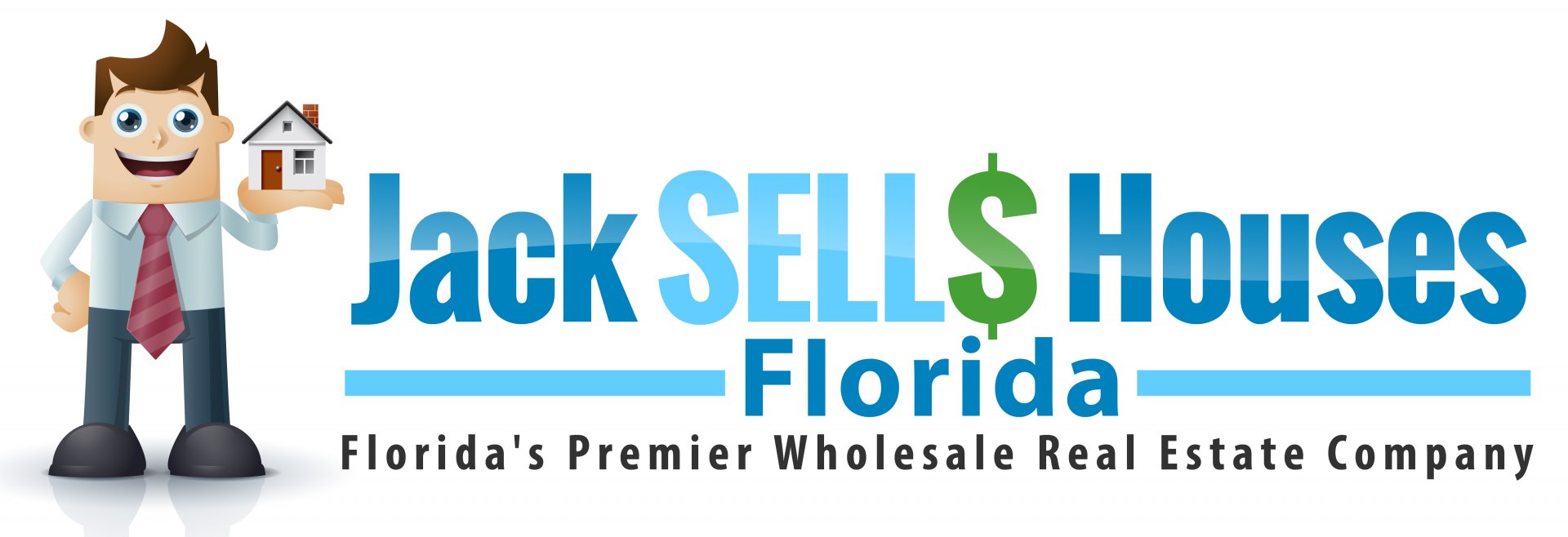Author Shu Chen | Housing Trends
Today CoreLogic reported that December 2014 national home prices increased by 5 percent year over year, and decreased 0.1 percent month over month. This marks 34 months of consecutive year-over-year increases in the CoreLogic Home Price Index (HPI). Excluding distressed sales, home prices also increased 4.9 percent year over year from December 2013 and were up 0.1 percent from November 2014. Including distressed sales, prices were still 13.4 percent below the peak in April 2006, and excluding distressed sales, prices were down 9.6 percent from this peak.
Including distressed sales, three states show year-over-year depreciation for December 2014. Connecticut decreased 2.2 percent, Vermont decreased 0.9 percent and Maryland decreased 0.7 percent. Excluding distressed sales, year-over-year home prices were up in every state except Connecticut, which decreased 1.1 percent.
Three states reached new highs in home prices in December 2014. Colorado had the largest home price appreciation at 8.4 percent, followed by Texas at 7.8 percent and New York at 7.6 percent. Nevada had the largest peak-to-current drop in home prices, down 36 percent from its peak in March 2006.
Looking back, home price appreciation at the end of 2014 moderated compared with the beginning of the year. In early 2014, national home prices were appreciating at an 11 percent year-over-year rate, which slowed to a 5-percent rate by December. At the state level, the year started with Nevada appreciating at 24 percent year over year as prices bounced from the bottom, and ended with Colorado having the highest year-over-year appreciation at 8.4 percent, as that state is experiencing high demand for housing.
In addition to the overall price indices, CoreLogic analyzes four individual home-price tiers. The price tiers tracked by the CoreLogic HPI are calculated relative to the mean national home price and include homes that are priced 75 percent or less below the mean (low price), between 75 and 100 percent of the mean (low-to-middle price), between 100 and 125 percent of the mean (middle-to-moderate price) and greater than 125 percent of the mean (high price).
Figure 2 shows the levels of the four price tiers indexed to January 2011. The two lower-priced tiers have recovered the most from their trough levels (the low-price tier hit bottom in March 2009 and the low-to-middle price tier hit bottom in March 2011), with the low-price tier recovering 35 percent from the trough and the low-to-middle tier recovering 33.5 percent. As of December 2014, the low-price tier increased 6.8 percent for the year, the largest appreciation rate of all four price tiers. The two higher-price tiers both bottomed out in February 2012, with the middle-to-moderate price tier recovering 29.6 percent from the trough, and the high-price tier recovering 23.5 percent. The high-price tier fell the least, at 27.7 percent peak-to-trough, and is currently 10.7 percent below its peak. The low-to-middle price tier fared the worst in the housing crisis, falling 37 percent peak-to-trough, and is now still 15.8 percent below peak levels.
© 2015 CoreLogic, Inc. All rights reserved
CENTRAL FL iNVEST is Florida’s premier Seller of Central FL Investment Real Estate. We are full-time real estate investors in Central Florida and specialize in finding those hidden house deals that you normally only hear about… usually at 30-50% off retail value. We buy properties in bulk, monthly, from many different sources and then sell them individually to our network of investors at a discount. If you would like to see copy of our current inventory and would like to be added to our VIP Buyers List, please visit www.CENTRALFLiNVEST.com or call us directly at 1-844-CFL-NVST.

